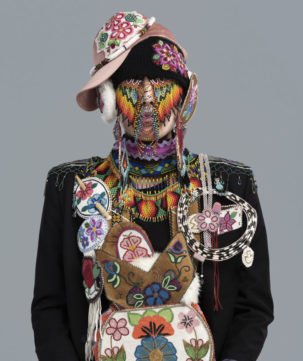Stymied about the correct value of an artwork? “You might wish to reach out to an appraiser to seek assurance against art market risks, such as paying too much for an artwork, selling too low, being over- or under-insured, ensuring a fair division of property from an estate, and reducing chances for tax penalties or audits when claiming charitable contributions,” explains Kelly Juhasz, president of the Canadian chapter of the International Society of Appraisers.
Though some websites offer automated value estimates, qualified appraisers give, confidentially, “a thoughtful and unbiased opinion of value that you can base financial and family decisions on,” Juhasz says.
Art appraisers who offer advisory services, like Kathryn C. Minard, provide an even wider range of guidance. “In advisory services, clients are looking to me to narrow the search and make recommendations on artists that I feel confident in,” Minard explains. “And from my connection with the client, I will also get a feel for how that corresponds with what the artist is saying.”
For new collectors, Minard advises: “Look at some of the art rental programs. It allows you to live with the piece in your own environment and find out if, a month down the road, you still feel the same way as when you first saw it. It’s a way of living with art without a major financial expenditure initially.”
Once collectors have a few pieces, collection management can be an issue—and that’s also where art advisory firms like Kalaman and Demetriou (K+D) can help a lot.
“Collections management is an integral way of preserving the value of the collection that you are building,” says Megan Kalaman, principal of K+D, who has assisted with collections ranging from 25 to more than 3,000 pieces. “[A database] is an inventory, so you can build strategically in the long term.”
While some digital apps can help collectors manage their artworks, nothing replaces human expertise. “We actually took the time this year to review 40 different softwares [for collection management],” says Kalaman. “We are a firm that does rely on digital tools and my advice is to work with an art advisor to help you build that foundation.”
Lisa Kehler is an art advisor and founder of the online art-multiples site NeverOpen_NO. “One client had spread out 90 artworks over four storage spaces and offices and houses,” says Kehler. “Documenting where those pieces were, finding all the original invoices, and keeping it all in one database,” is an example of the kind of help art advisors can provide.
When collectors are interested in a work that is not as affordable as they hoped, “Most galleries will do a payment plan or a way to make it more palatable,” Kehler points out. “And a print version of something, or a smaller piece, could be a way to get a similar image, but in a less expensive format.”
This post is adapted from the Canadian Art Collecting Guide, out in our Spring 2020 issue, “Influence.”
This article was corrected on March 30, 2020. The original incorrectly identified the International Society of Appraisers as the International Association of Art Appraisers. It also used the term “certified appraisers” rather than the term “qualified appraisers.” It also incorrectly quoted Kelly Juhasz; that incorrect quotation has now been deleted.





